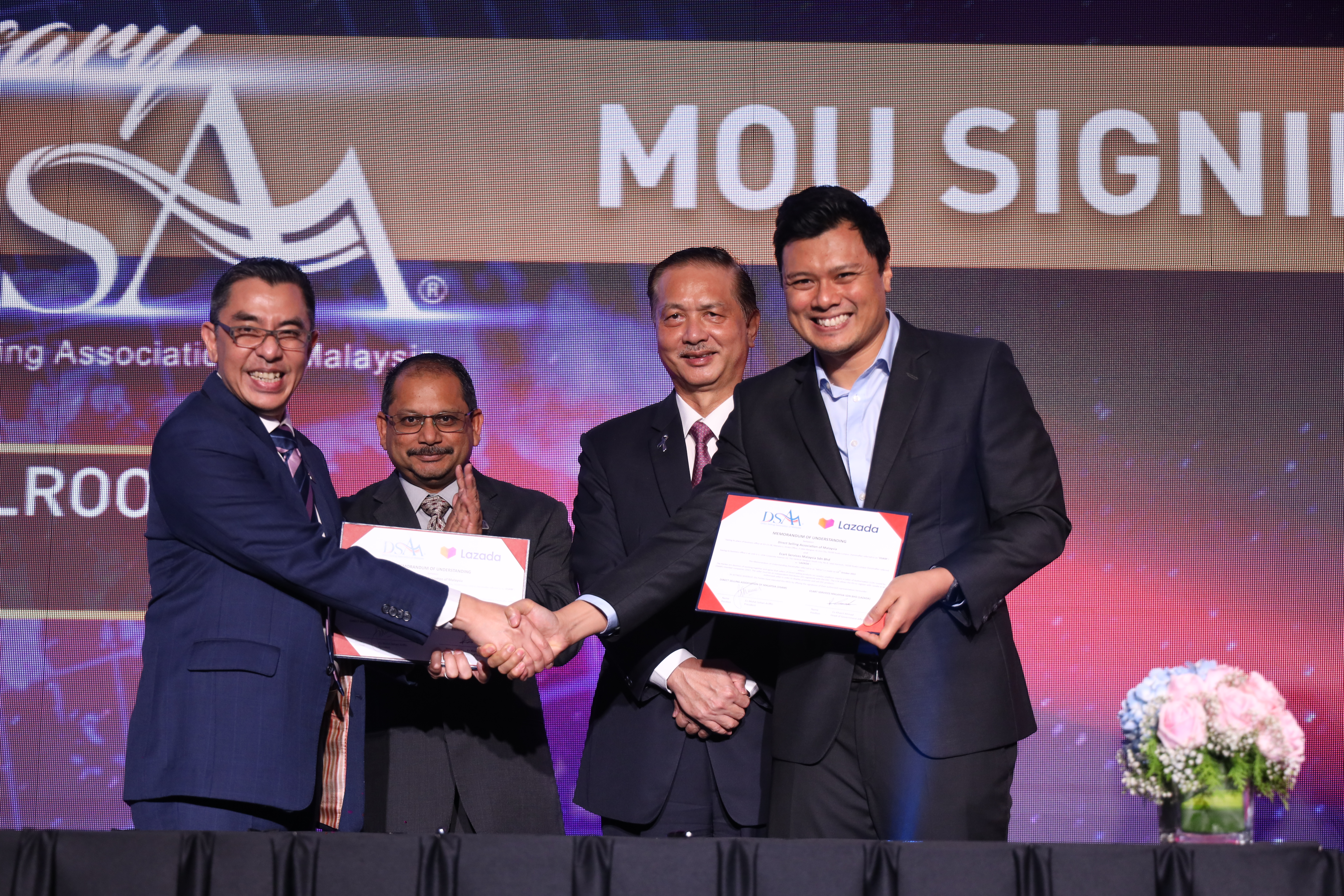When it comes to ensuring the safety and efficiency of power boilers, ASME Section I stands as the gold standard. But if you’re like many professionals in the mechanical or energy sector, understanding its full scope can feel overwhelming. This article is your friendly guide to the heart of ASME Section I—why it matters, what it requires, and how you can master it to elevate your career.
Let’s walk through it together.
More than just a code, ASME Section I has shaped the foundation of modern boiler safety. Introduced by the American Society of Mechanical Engineers (ASME), this section was born from the urgent need to prevent boiler explosions during the industrial revolution. Even today, it continues to protect lives and infrastructure.
ASME Section I provides rules for the design, construction, and inspection of power boilers and boiler components typically used in electric power generating stations, industrial plants, and marine applications. The code isn’t just a recommendation—it’s a globally recognized legal requirement in many jurisdictions.
So, if you’re working in industries that involve high-pressure steam systems, understanding this code isn’t optional—it’s essential.
At its core, ASME Section I covers four critical areas:
Design Requirements – from allowable stress limits to pressure boundary components.
Materials – ensuring only approved and traceable materials are used.
Fabrication and Welding – strict guidance to minimize failure risks.
Inspection and Testing – detailed NDE (Non-Destructive Examination) and hydrostatic testing protocols.
For example, did you know that ASME Section I mandates that certain safety valves must lift at specific pressure levels, and that these valves must be tested with precise tolerances? It’s this level of detail that keeps operations safe.
Failure to comply—even unintentionally—can result in fines, shutdowns, or worse, endangering lives.
If you’re responsible for pressure vessel safety or maintenance, having in-depth knowledge of these requirements isn’t just good practice—it’s your duty.
Many companies think they’re compliant until it’s too late. Here are some typical mistakes engineers and operators make:
Improper documentation of material traceability.
Incorrect welding procedures not approved by a qualified Welding Procedure Specification (WPS).
Overlooking periodic inspection intervals, especially after repairs or system modifications.
These errors usually stem from a gap in understanding or training. That’s where hands-on education becomes crucial.
Whether you’re a fresh engineer, an HSE professional, or a seasoned inspector, the risk of misinterpreting the code is real. And unfortunately, so are the consequences.
If you’re serious about becoming proficient in ASME Section I, nothing beats learning from the experts. That’s where the ASME Section I training course from PetroSync comes in.
What makes it different?
Real-world instructors with decades of field experience
Interactive case studies that bridge theory and practice
Certification that strengthens your professional credibility
Small class sizes that allow for personalized attention and Q&A
Plus, you’ll join a global network of engineers, inspectors, and managers who share your commitment to excellence and safety.
By the end of the course, you won’t just “know” the code—you’ll know how to apply it confidently in your day-to-day work.
Want to learn more about what the training covers in detail? Visit the full guide to ASME Section I on our blog.
(Press Release)







